Four years after its debut, Yamaha has thoroughly overhauled the YZF-R7 for model year 2026. The popular mid-range Supersport receives a major electronic upgrade, a modified chassis and an improved riding position to prepare it for the next step in the Supersport evolution.
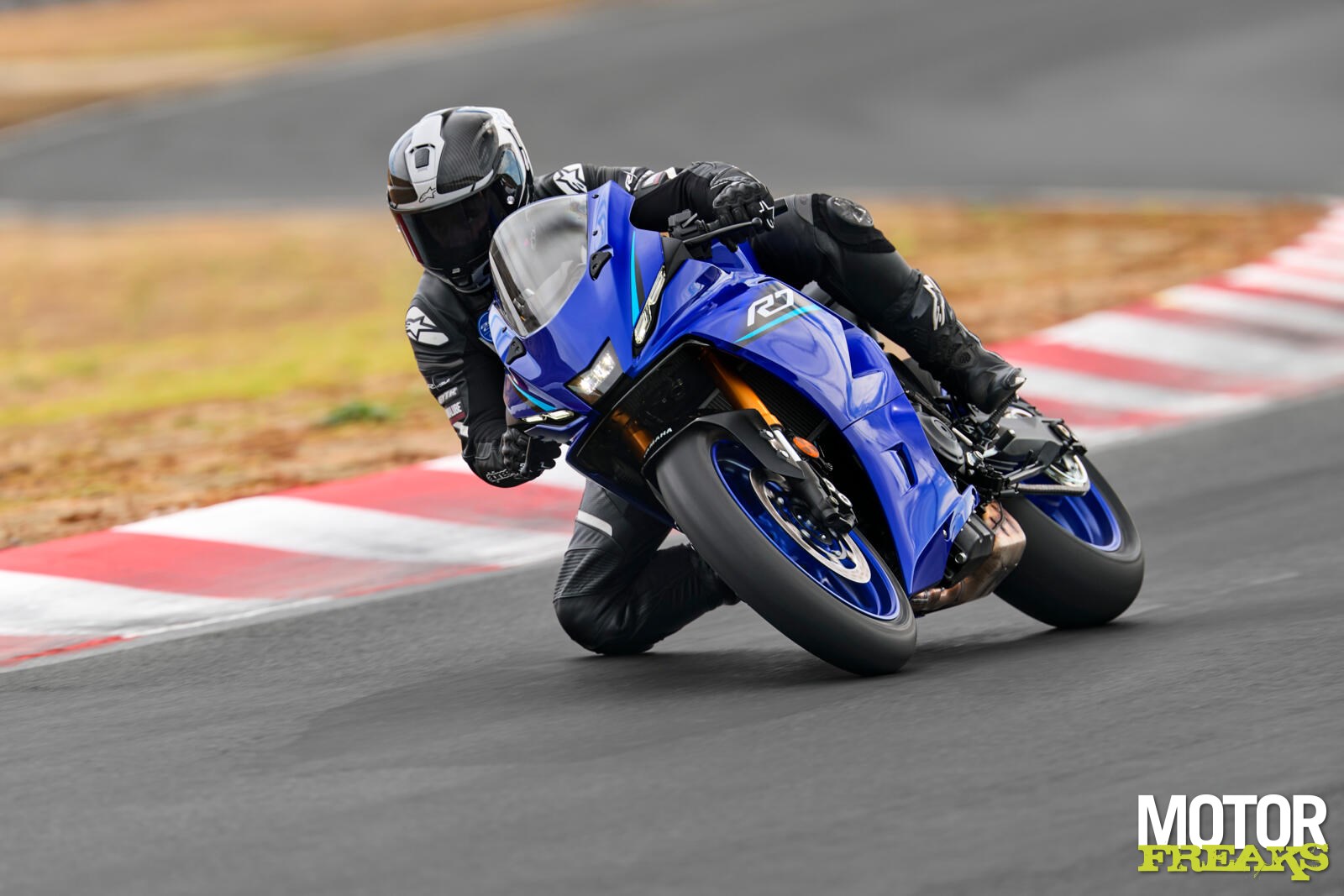
Since the arrival of the R7 in 2021, Yamaha has managed to redefine the mid-range Supersport segment. Not an uncompromising track machine, but a sporty all-rounder that should introduce young drivers – and anyone with an A2 past – to the R feeling without breaking the bank.
With success, because the R7 became one of Yamaha’s best-selling sports bikes and even became the basis for various racing competitions. For 2026, Yamaha is raising the bar again with more technology, more finesse and above all: more confidence for the rider.
Big electronic leap thanks to 6-axis IMU
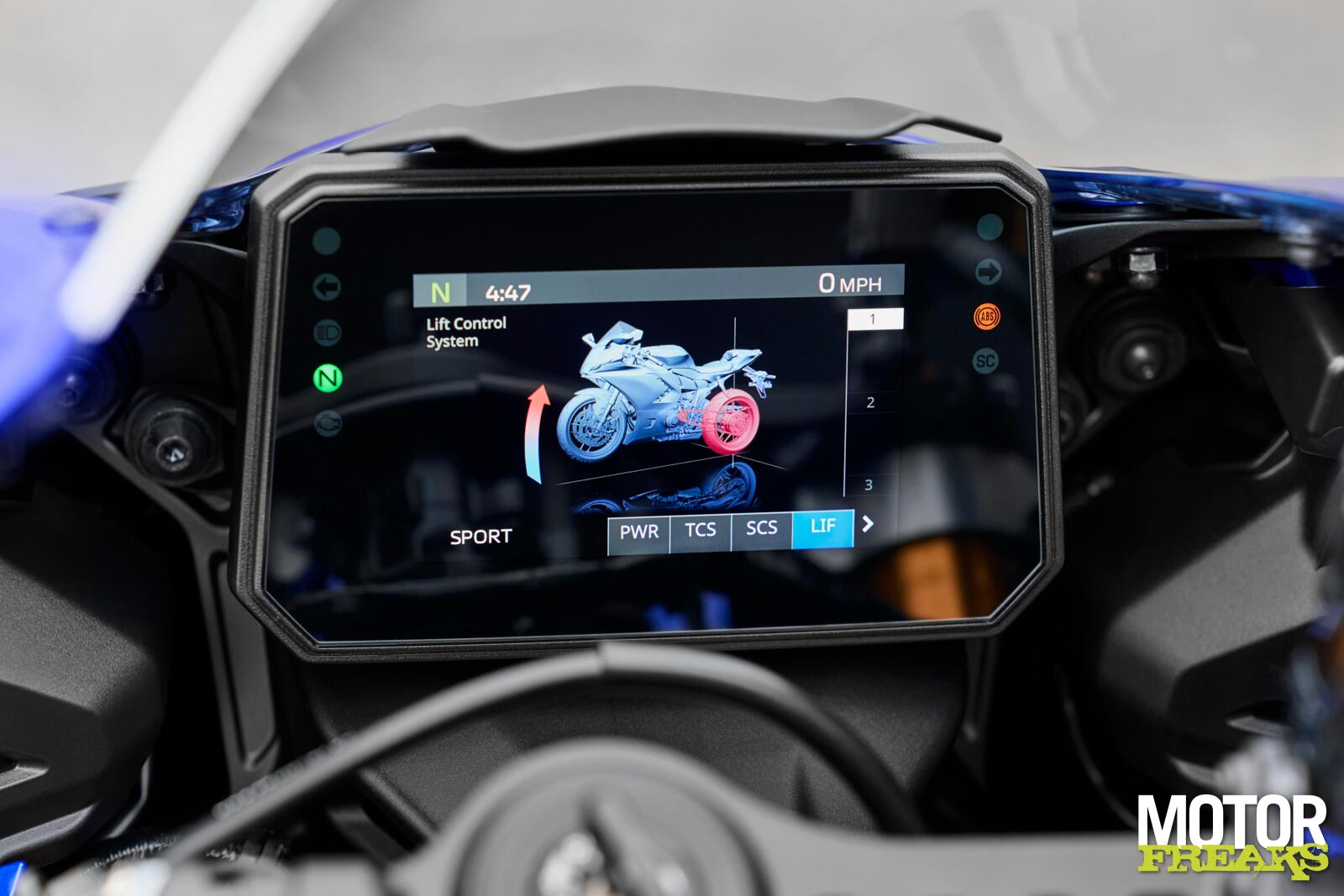
The biggest step forward is undeniably in electronics. The new R7 gets the same 6-axis IMU sensor previously reserved for the R1, opening the door to a full suite of tilt-sensitive assistance systems. A significant upgrade for a Supersport that was relatively analogue until now.
The IMU continuously measures acceleration, lean angle and pitch/roll/yaw movements. That data is used for a series of new electronic assistants: traction control, slide control, wheelie control (LIF), lean angle brake control (BC) and even engine brake management and a back-slip regulator that intervenes if the rear wheel threatens to lock when braking. For track use, the rear ABS can be disabled.
In addition, Yamaha is introducing Yamaha Chip Controlled Throttle (YCC-T) for the first time on the R7. This ensures a smoother power build-up of the well-known 689cc CP2 twin and opens the door to selectable power modes. Riders can choose from three PWR modes, from friendly to sharp.
Yamaha Ride Control: from rain to track
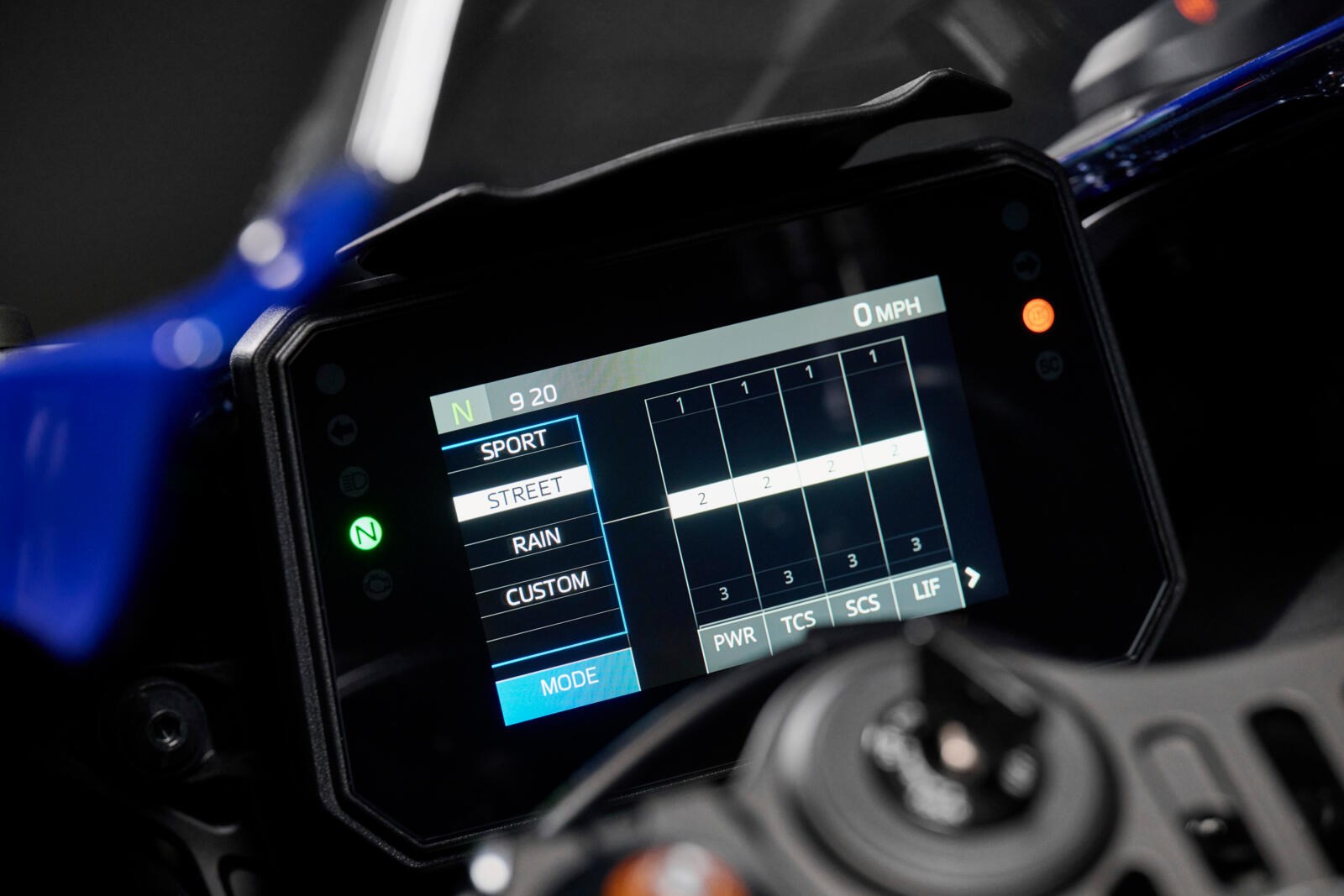
Just like on the R1 and R9, the updated R7 gets Yamaha Ride Control (YRC). Three preset modes are standard – SPORT, STREET and RAIN – and two freely adjustable modes in which the rider can fine-tune the operation of power delivery, TCS, slide control and engine brake. Adjusting settings is easy via Yamaha’s MyRide app.
For track days, there is also a special Track mode for the dashboard, where lap times and relevant data are prominently displayed.
Third generation quickshifter and better shifting feel

The gearbox has been overhauled to better utilize the typical CP2 character. The gear sets in the first three gears have been modified for smoother engagement, while fourth through sixth gears have new dog-tooth profiles for reduced shock loads during throttle changes.
In addition, the R7 gets Yamaha’s third generation Quick Shift System, which allows both up and down shifts without clutching. You can choose from two QSS modes, depending on whether you mainly drive on the street or on the track.
Chassis: stiffer, lighter, more agile
The frame was also thoroughly overhauled. Stiffness in all directions has been refined through changes in tube diameters, thicknesses and reinforcements, without any increase in weight. The swingarm has been redesigned for greater feedback and stability.
The 41 mm upside-down front fork now gets aluminum stanchions, good for 350 grams of weight saving and a lighter steering feel. The fork is fully adjustable. Also new are the SpinForged wheels, which are not only lighter but above all have less inertia – a noticeable advantage when turning quickly in corners. The wheels are fitted with Bridgestone S23 tires as standard, which should provide more grip.
Adjusted ergonomics and new appearance
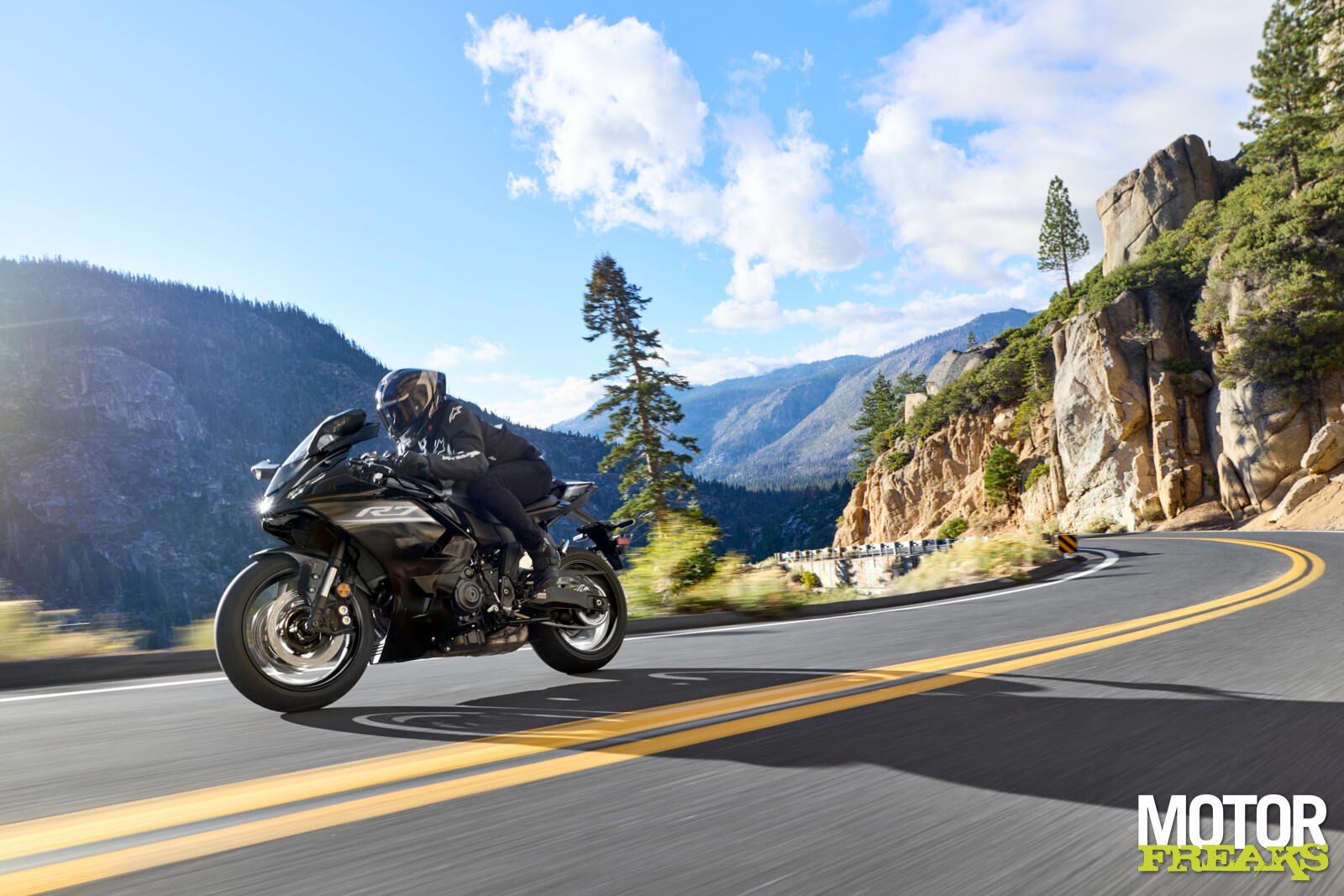
For 2026, Yamaha has refined the riding position: the handlebars sit differently, the tank has been reshaped and the seat height drops to 830mm. This provides more freedom of movement and better control during sporty driving. The footrests come from the R1 and provide more stability when shifting body weight.
The design is in line with the latest R generation: slimmer front, sharper lines, integrated indicators in the mirrors and a new aerodynamic headlight lens. The fairing has become narrower and more efficient to reduce air resistance.
5-inch TFT and modern connectivity
The old LCD dashboard makes way for a 5-inch TFT screen with four themes, plus a special Track layout. Full smartphone connection is possible via the built-in CCU, including navigation via Garmin StreetCross, notifications and data transfer.
Also new is cruise control, usable from 40 km/h in third gear, plus a speed limiter – useful for commuting and drivers who want to protect the fine budget.
Y-TRAC Rev: MotoGP toy for consumers

For the data nerds among us, Yamaha introduces Y-TRAC Rev: a comprehensive telemetry app that allows you to analyze lean angles, lap times, throttle positions and more. Just like in MotoGP, there is even a virtual pit board, where your team can send messages to the dashboard. The basic version is free; unlimited logs require a premium subscription.
70th Anniversary Colors
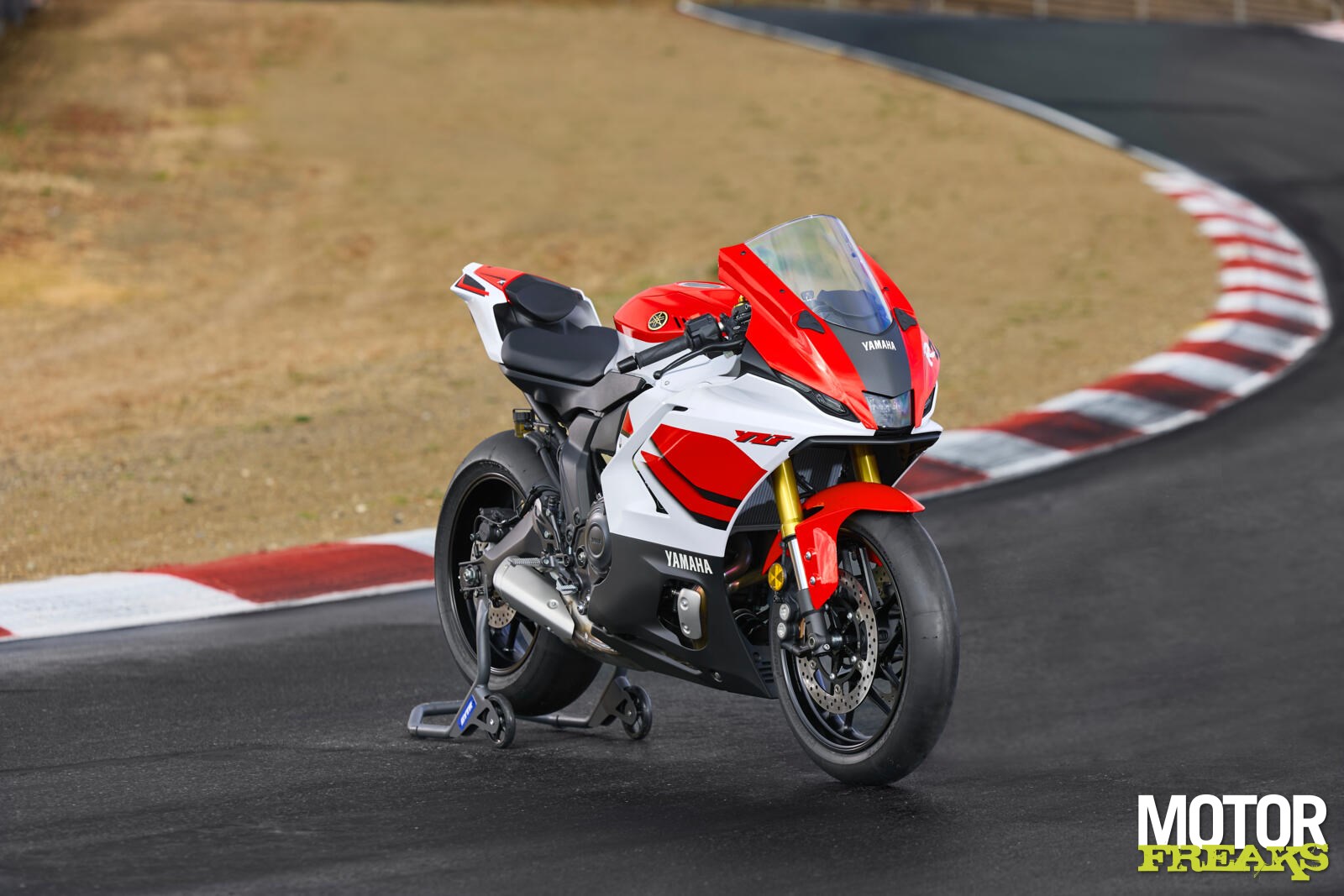
In honor of Yamaha’s 70th anniversary, the R7 comes in a special white and red 70th Anniversary livery, inspired by the iconic 1999 R7. In addition, Icon Performance and Midnight Black remain in the range. The updated R7 will be available in dealers from April 2026.


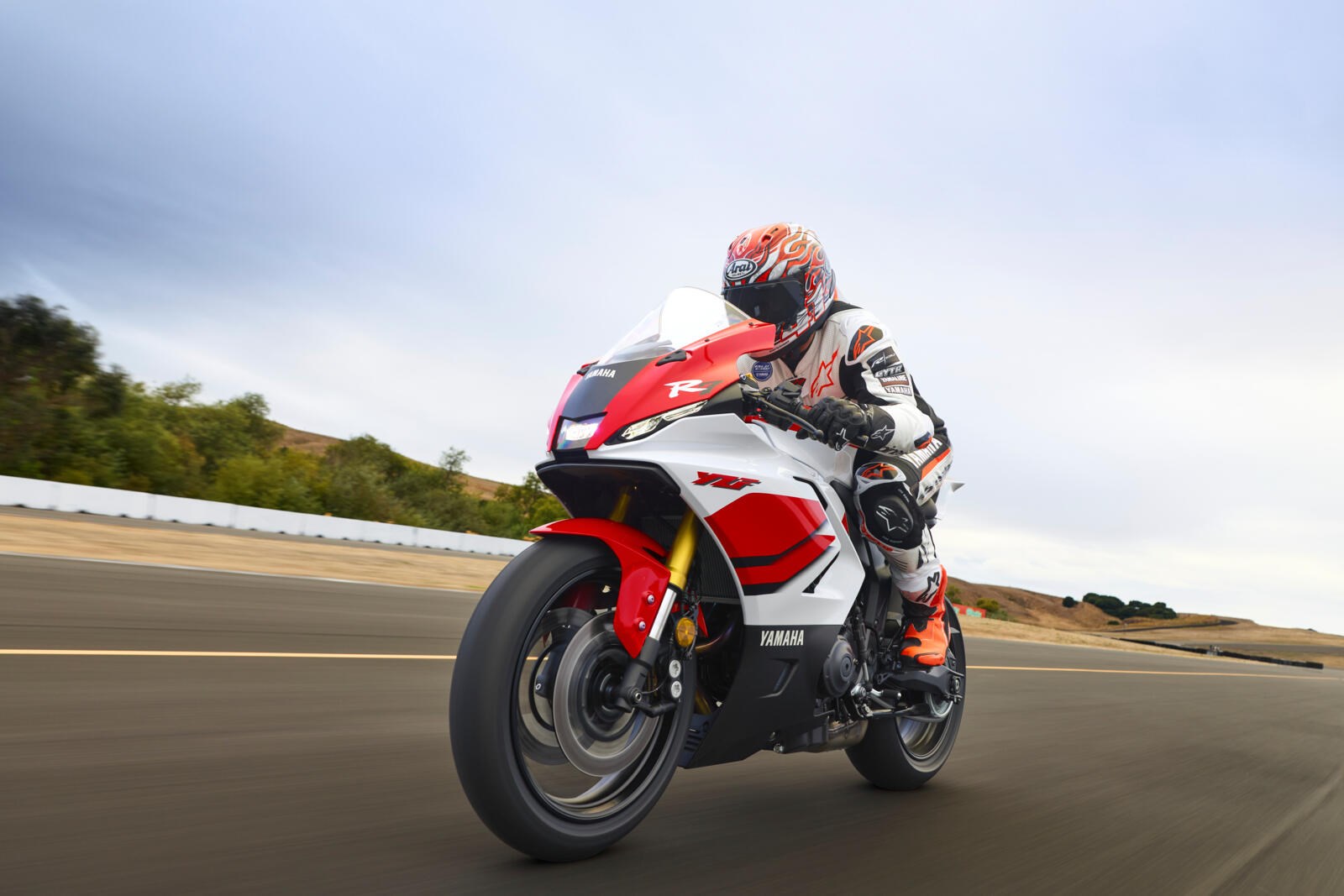
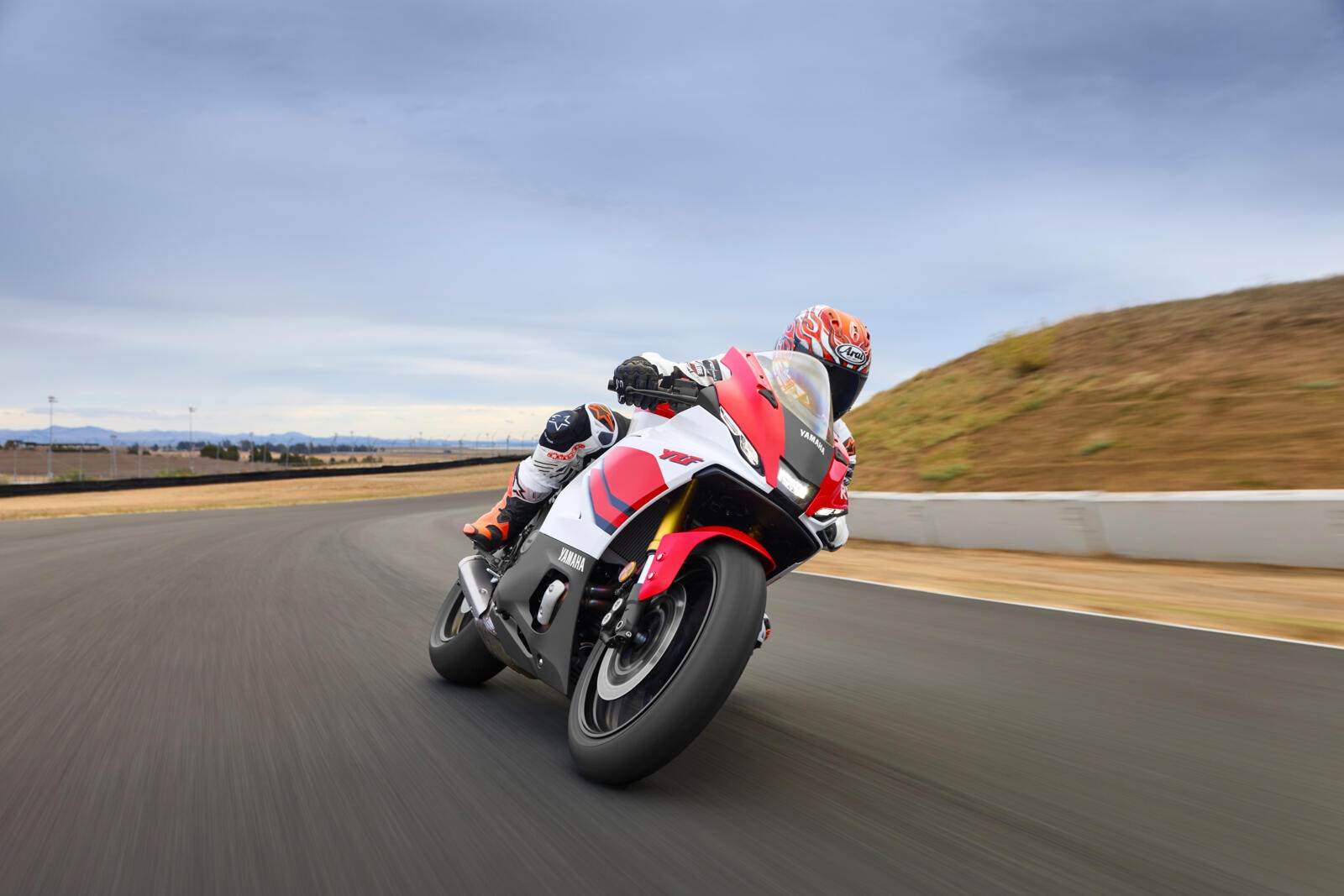
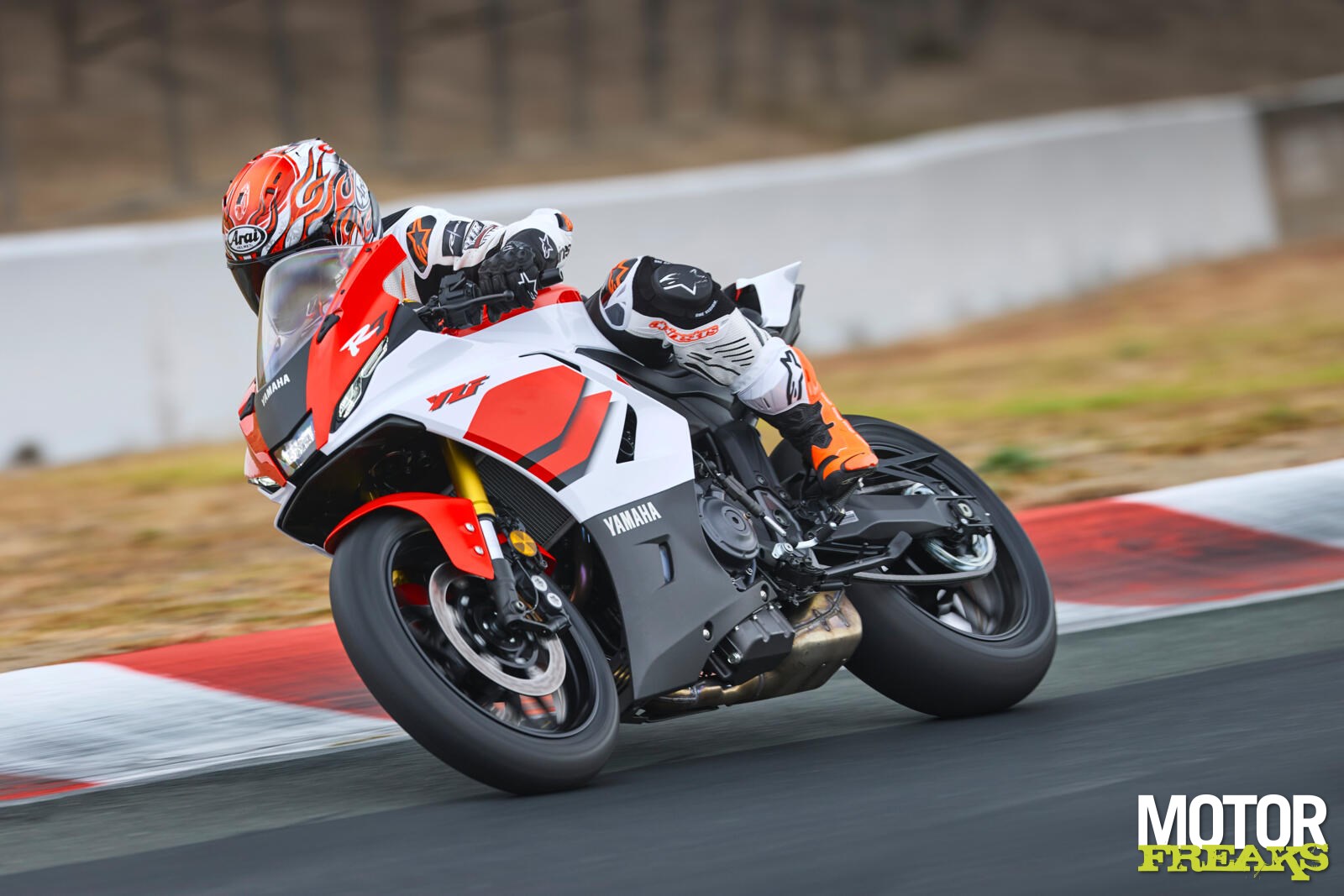
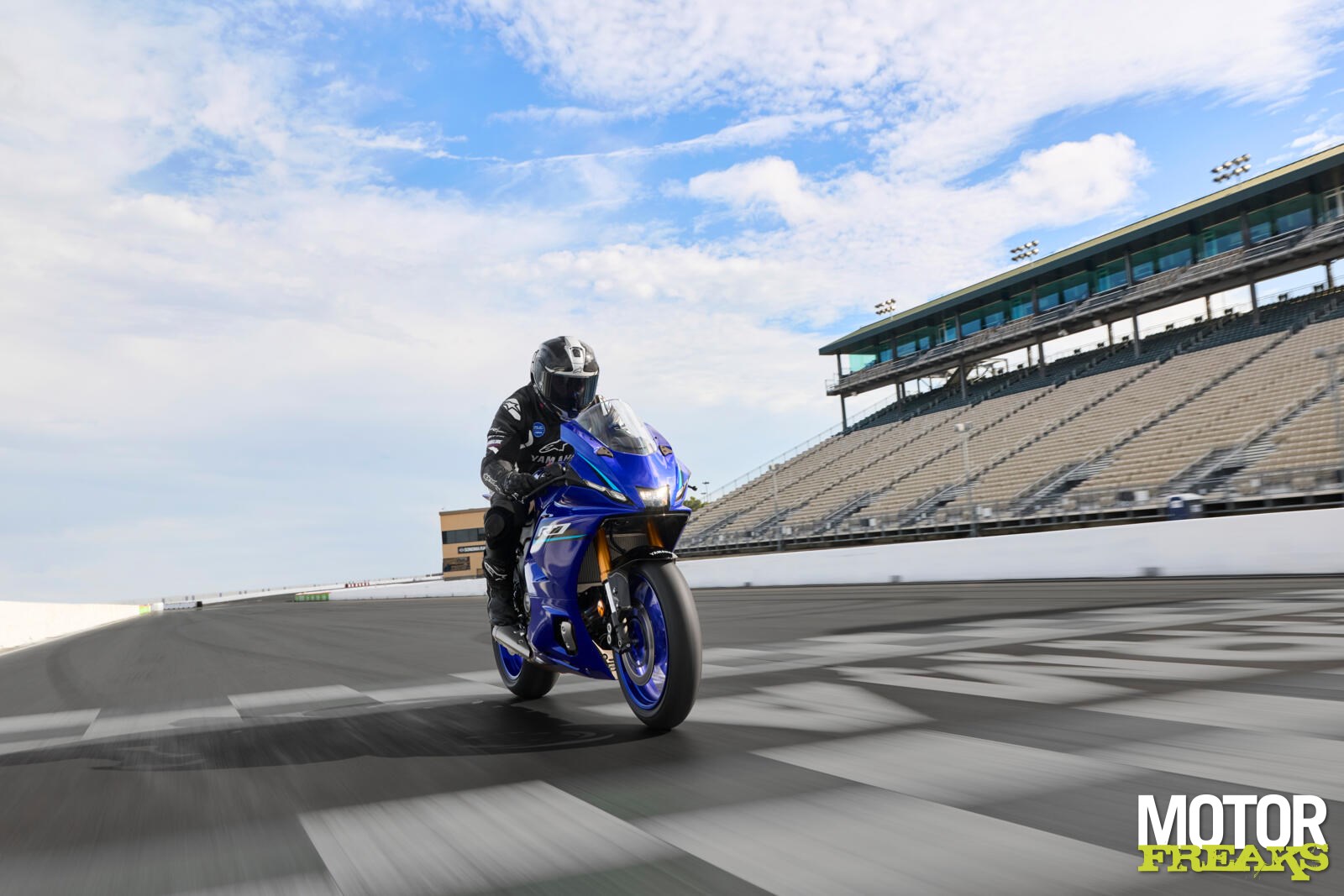
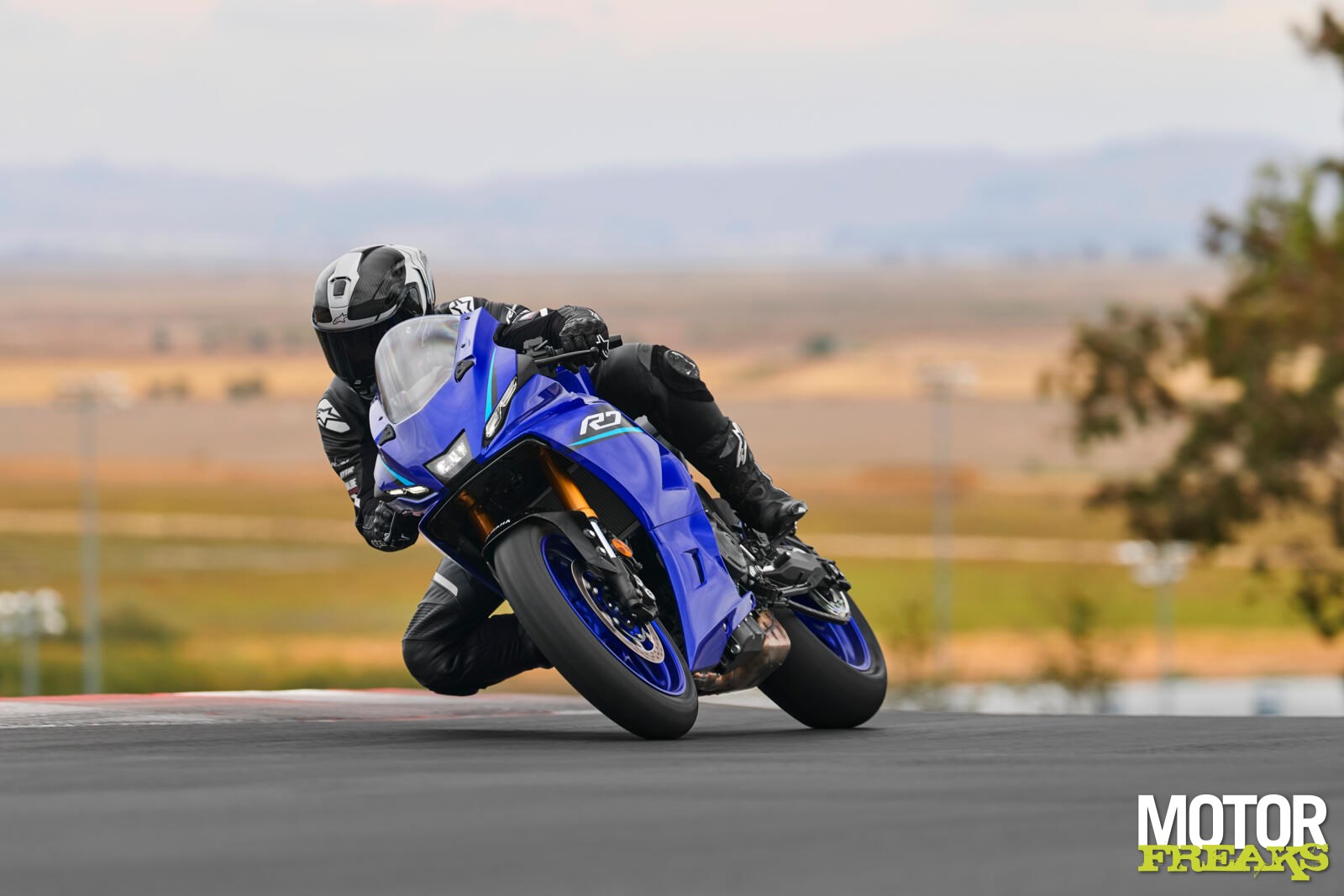
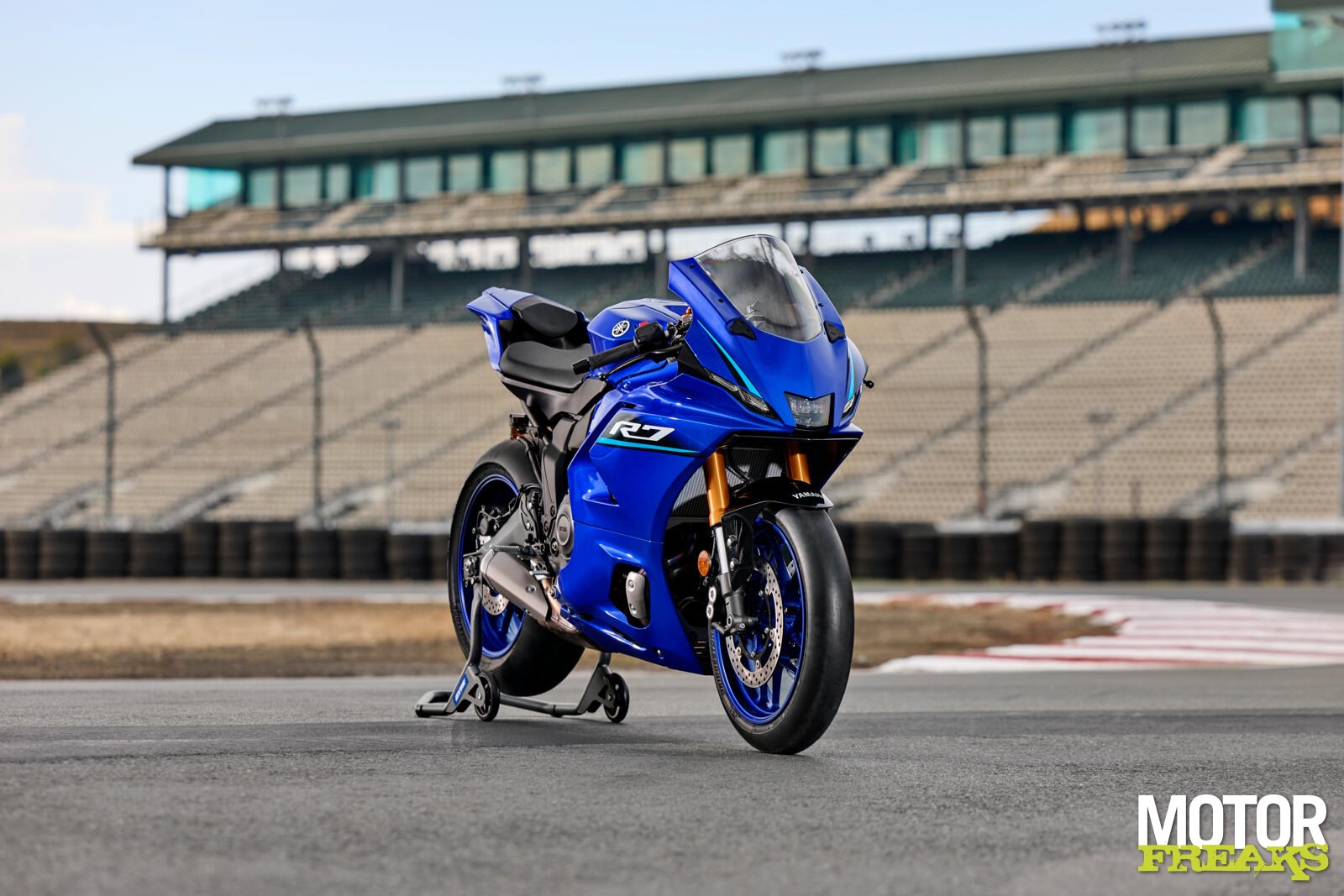


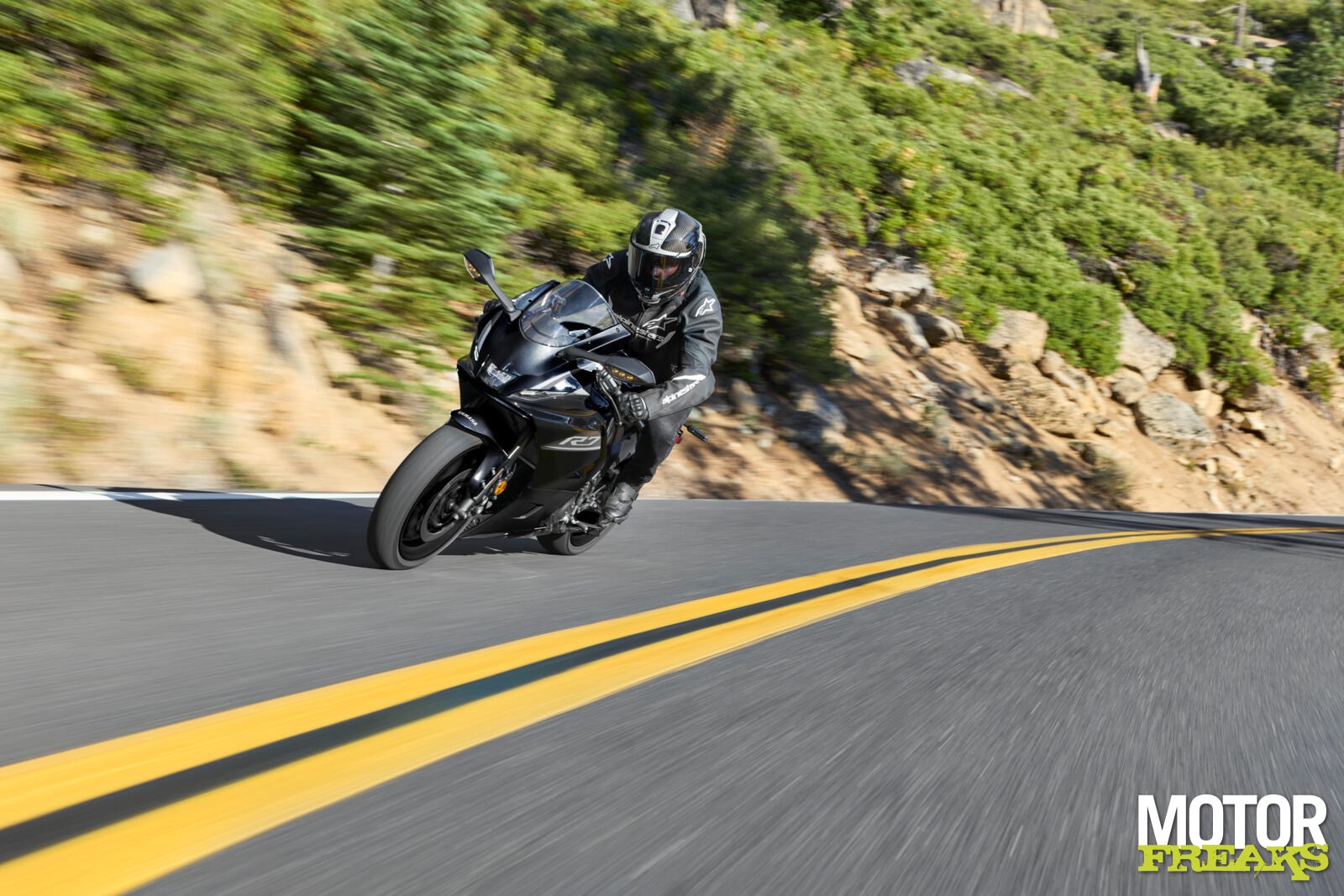

– Thanks for information from Motorfreaks.